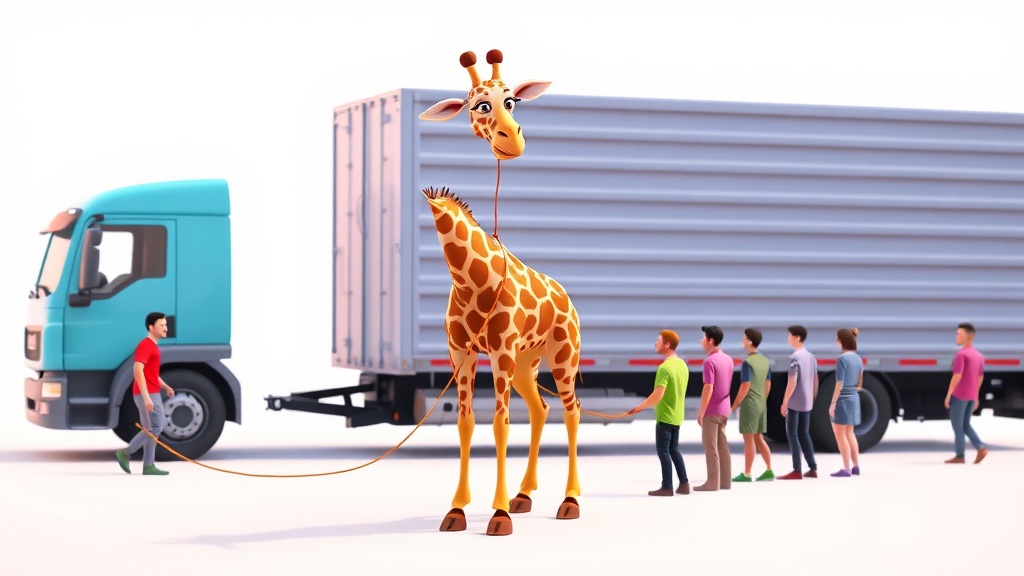Home / Environment / Kenyan Rangers Brave Risks to Relocate Giraffes Displaced by Development
Kenyan Rangers Brave Risks to Relocate Giraffes Displaced by Development
18 Nov
Summary
- Hundreds of giraffes, zebras, and antelopes relocated from Kedong Ranch to new home
- Giraffes highly sensitive to anesthesia, difficult to transport safely
- Human-wildlife conflicts on the rise due to population growth and land privatization

In November 2025, Kenyan wildlife authorities have been working to relocate hundreds of giraffes, zebras, and antelopes from the Kedong Ranch near Lake Naivasha to new homes in the eastern Rift Valley. This last-resort effort aims to protect the animals as their natural habitats are increasingly threatened by human activities and climate change.
The Kedong Ranch, once left in its natural state, has been subdivided and sold off for real estate development, blocking the animals' traditional grazing routes and corridors. Kenyan rangers, overseen by the Kenya Wildlife Service (KWS), have had to physically immobilize the giraffes before blindfolding and transporting them to the Oserengoni private reserve, about 30 kilometers away.
The relocation process is extremely challenging, as giraffes are highly sensitive to anesthesia and cannot be kept sedated for long. They also risk deadly falls when tranquilized and can deliver powerful kicks to those trying to help. Despite the risks, KWS veterinarian Dominic Mijele says these operations are becoming more frequent in Kenya as human-wildlife conflicts escalate due to rapid population growth and land privatization.
Conservationists hope the relocated giraffes will thrive in their new home, with Mijele expressing optimism that their numbers will multiply in the coming years. However, the broader dilemma of reconciling wildlife conservation, economic development, and human needs remains a pressing issue for Kenya and other African nations.




